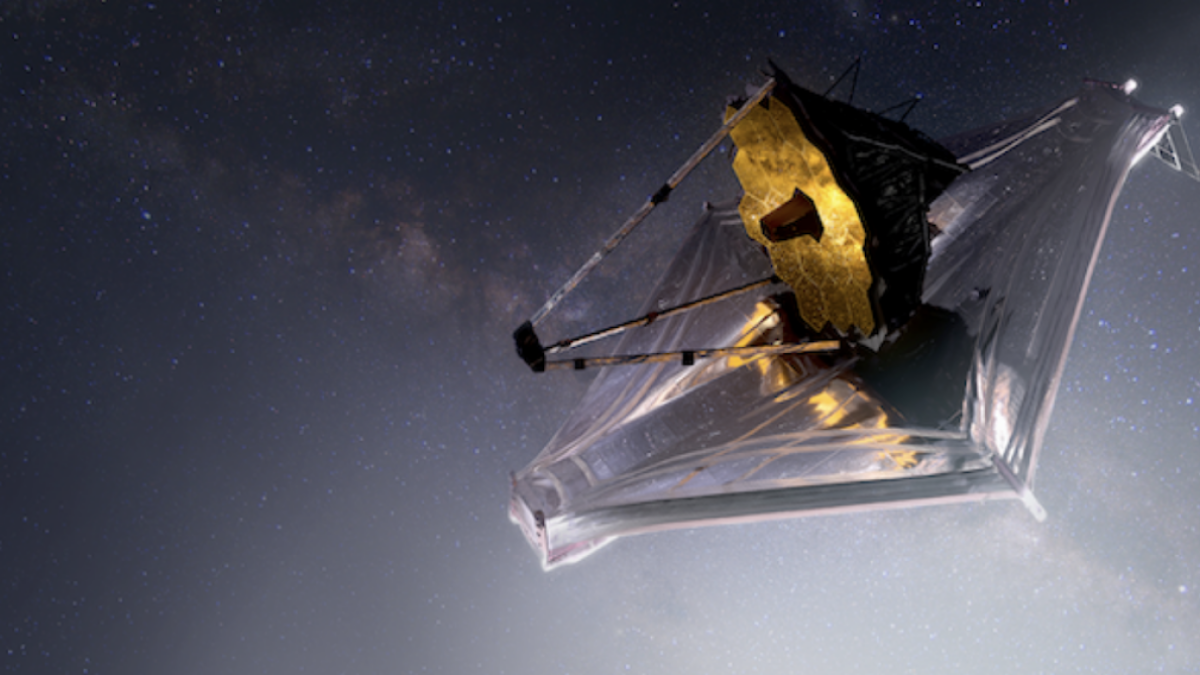In death, there can be great beauty.
Astronomers pointed the powerful James webb space telescope At Planetary Nebula NGC 1514, where a star is shedding cupious Amounts of Gas Into The Universe As it gradually exhausts its fuel and shrinks down into a dens core – a shell of its former self. The resulting cosmic clouds – named a “Planetary nebula” only because through the first telescopes these distant and roundish objects looked like planets – can be brilliant spectacles, and ngc 1514 is no different.
“We’ve come a long way since, with webb’s mid-infared viewing the most detailed view of a planetary nebula to date, ” Nasa Posted Online, In Reference to NGC 1514.
(The webb telescope views space In infrared light, a spectrum that invisible to the naked eye but cuts through the thick masses of clouds and gas that obstruct or limit our view of such far-suff obese.)
The image below shows a scene that has evolved over at least some 4,000 years, nasa explained. At the center of the gaseous structure are two stars tightly orbiting one another (a “binary star system), but from our distant View they appear as one vivid bright dot. Of the two stars, one my Spent the nuclear fuel in its core and shds iter layers into space. Nebula, helping to create the Majestic Type of Scene in NGC 1514.
Planetary Nebula Are Often Spherical, but not so for NGC 1514, Located 1,500 Light-Years from EarthIt has somewhat of a crushed hourglass shape, with two prominent rings. “When this star was at its peak of losing material, the company hold have got very, very close,” David jones, an astronomer at the institute of astrophysics on the Canary Islands, SAID Statement. “That interaction can lead to shapes that you wouldn’t expect. INTEAD OF Producing a Sphere, this interaction might have formed these rings.”
The James Webb Space Telescope’s Detailed View of the Planetary Nebula NGC 1514.
Credit: NASA / ESA / CSA / STSCI / Michael Ressler (NASA-JPL) / Dave Jones (IAC)

On Left: A View of NGC 1514 Captured by the Wide-Alled Infrared Survey Explorer (WISE) Telescope in 2010. On Right: The Webb Telescope of NGC 1514.
Credit: NASA / ESA / CSA / STSCI / NASA-JPL / Caltech / UCLA / Michael Ressler (NASA-JPL) / Dave Jones (IAC)
The astronomers involved in this observation suspect the nebula’s rings look “fuzzy” because they’re composed of tiny grains of dust, and these particles are Ililuminated by ultravilet light light light lights White Dwarf.
Mashable light speed
Astronomers have peered at NGC 1514 for Hundreds of Years, Since the 18th Century. It looks awestily fuzzy back then, and they failed to resolve it with telescopes of the age. But Times, and Technology, Have Changed.
“With Webb, our view is Considerably Clearer,” Nasa Wrote,
The webb telescope’s powerful abilitys
The webb telescope – a scientific collaboration between nasa, EsaAnd the canadian space agency – is designed to peer into the Deepest Cosmos and Reveal New Insights about the Early Universe. It’s also examining intriguing planets in our galaxy, along with the Planets and moons in our solar system,
Here’s how webb is achieving unparalled feats, and may for years to come:
– Giant Mirror: Webb’s mirror, which captures light, is over 21 feet across. That’s over two-second Hubble space telescope’s Mirror, meaning webb has six times the light-collecting area. Capturing more light allows webb to see more distant, ancient objects. The telescope is Peering at stars and galaxies that formed over 13 billion years ago, just a more Hindred Million Years after the Big Bang. “We’re going to see the very first stars and galaxies that ever formed,” Jean creight, an astronomer and the director of the manfred olson planetarium at the university of wisconsin -milwaukee, made mashable in 2021.
– Infrared View: Unlike hubble, which larGely views light that’S visible to us, webb is primarily an infrared space telescope, meaning it views light in the infrared spectroum. This allows us to see far more of the universe. Infrared has longer wavelengths Than visible light, so the light waves more efficiently slip through cosmic cloudsThe light does not as often collide with and get scattered by these densesly packed particles. Ultimately, Webb’s Infrared Eyesight Can Penetrate Places Hubble Can’t.
“It lifts the veil,” said creighton.
– Peering Into Distant Exoplanets: The webb telescope Carries Specialized Equipment Called Spectrographs That will revolutions our understanding of these far-off worlds. The instruments can decipher what molecules (such as water, carbon dioxide, and methane) exist in the Atmospheres of distant exoplanets – Be They Gas Giats or Smaller Rocky Worlds. Webb Looks at Exoplanets in the Milky Way Galaxy. Who Knows What We’ll Find?
“We might learn things we Never thought about,” Mercedes lópez-Morales, An Exoplanet Researcher and Astrophysicist at the Center for Astrophysics-Harvard & SmitsonianPrevious told mashable.
